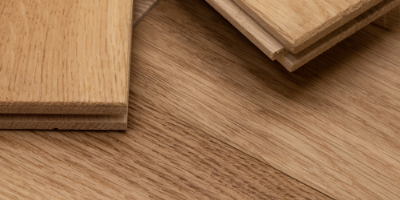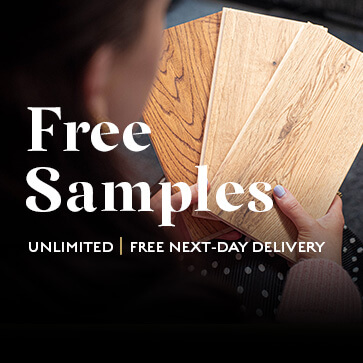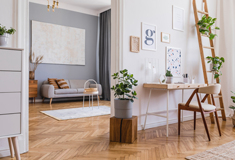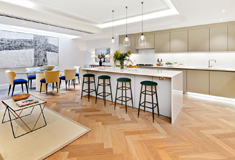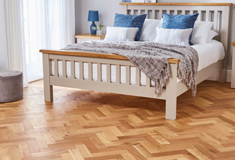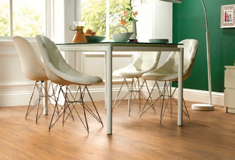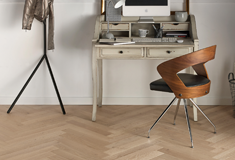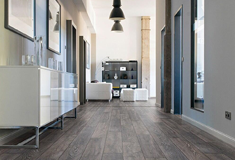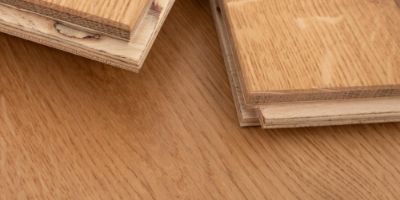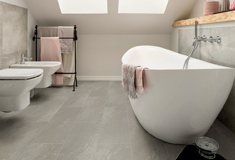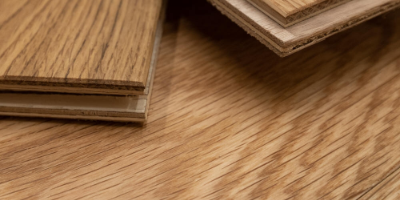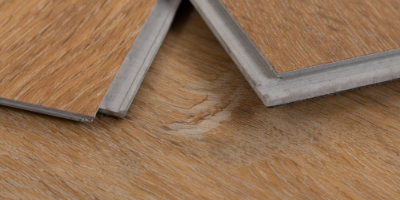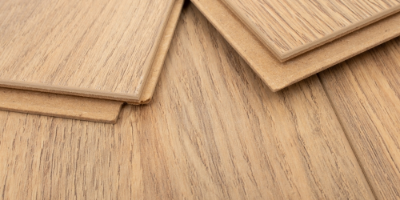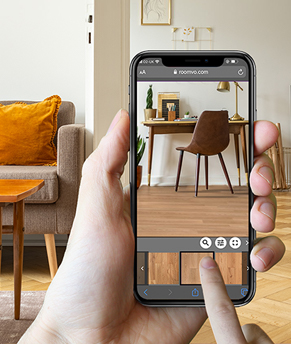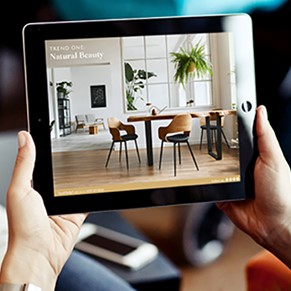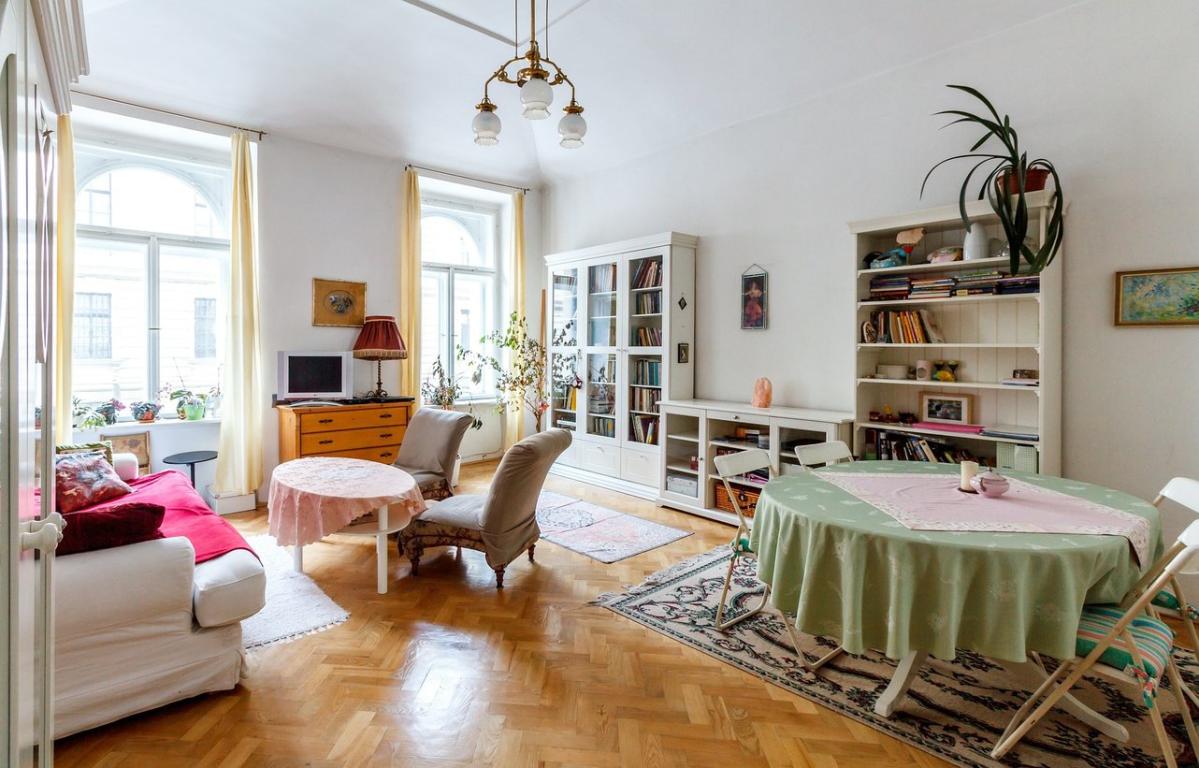Oiled or Lacquered Flooring: What’s the Difference?
When choosing new flooring for your home, the finish is just as important as the appearance. To help you make the right choice we’ve put together this handy guide to explain the difference between lacquered vs oiled flooring and how to decide between them.
What is Oiled Flooring?
Oiled flooring is very similar to traditional wax. Unlike a lacquer which sits on top of the flooring, oil is absorbed by the wood. This brightens the colour and accentuates the grain of the wood, ensuring a more natural look.
There are a few different options when it comes to oiled floors. You could choose a brushed and oiled finish, which gives a rustic look to the flooring, or you could buy an unfinished floor and oil it yourself. An unfinished floor gives you a lot of freedom, so if you’re an experienced DIYer you can get a bit creative here.
What is Lacquered Flooring?
Lacquered wood floors are very popular because they’re incredibly resistant, which means you won’t need to re-treat your floor as often as with other finishes. Lacquer is a polyurethane layer that is applied with a roller. This layer acts as a barrier against dirt and moisture, so a lacquered finish is ideal in a room that experiences lots of footfall.
You can find different kinds of lacquered finishes including matte or gloss for example. Some manufacturers even offer lacquers with a UV filter, which protects the floor from discolouring caused by constant sun exposure.
Performance of Lacquered vs Oiled Flooring
Oiled wood floors are often considered to be slightly less protected than lacquered ones, as they don’t have the same tough veneer. However, they’re much easier to mend if they get scratched or stained. Unlike a lacquered finish, oil can be reapplied as a spot treatment, which will save you having to sand and refinish the entire floor if only a small area needs a touch up.
The more your floor is sanded the shorter its lifespan will be, so opting for an oiled finish could increase the longevity of your floor.
While oiled floors are less time-consuming and costly to repair, lacquered flooring is naturally spill resistant, making it ideal if you’ve got little ones or even a raucous party guest! Whether it’s a sippy cup of juice or a glass of red, you won’t have to worry about it seeping into your gorgeous wood flooring.
That said, a lacquered finish isn’t ideal for pet owners, as it doesn’t hide scratches very well. If you have a pet and you can’t resist the allure of lacquered wood flooring, make sure you sand and refinish your floor as per the manufacturer's recommendations to keep it looking fresh.
Maintenance of Lacquered vs Oiled Flooring
One of the benefits of a lacquered finish is that it requires very little maintenance. You’ll only need to use a hoover, mop or dump cloth from time to time to keep it looking good as new. But, be careful not to use too much water, as the lacquer doesn’t make the floor totally waterproof and excess water could damage it.
Oiled finishes really are an excellent option, but they’re a little more high maintenance than their lacquered counterparts. You may need to care for your floor more thoroughly, for example by applying a fresh coat of oil to make sure it keeps its freshly oiled and pigmented appearance. That’s not to say you need to reapply oil every week; once a year will do just fine to keep your oiled floor in tip-top shape.
Cost of Lacquered vs Oiled Flooring
When comparing a lacquered wood floor to an oiled one, you may notice a difference in the price. Typically, oils cost a little more to produce than lacquers do, and so the final cost of an oiled floor will be slightly higher.
However, as oiled flooring doesn’t need to be sanded every time it’s repaired, it boasts increased longevity, so it’s well worth considering this before settling on a finish for your new floor.
Both options are stunning and it's really up to you as to which you think would be best for your home!
Have Your Say
Struggling to decide which finish to choose? Get in touch with our friendly flooring experts - they’re always happy to help.
Don’t forget to follow us on Instagram for all the latest flooring news and to see our floors in real homes, just like yours!

